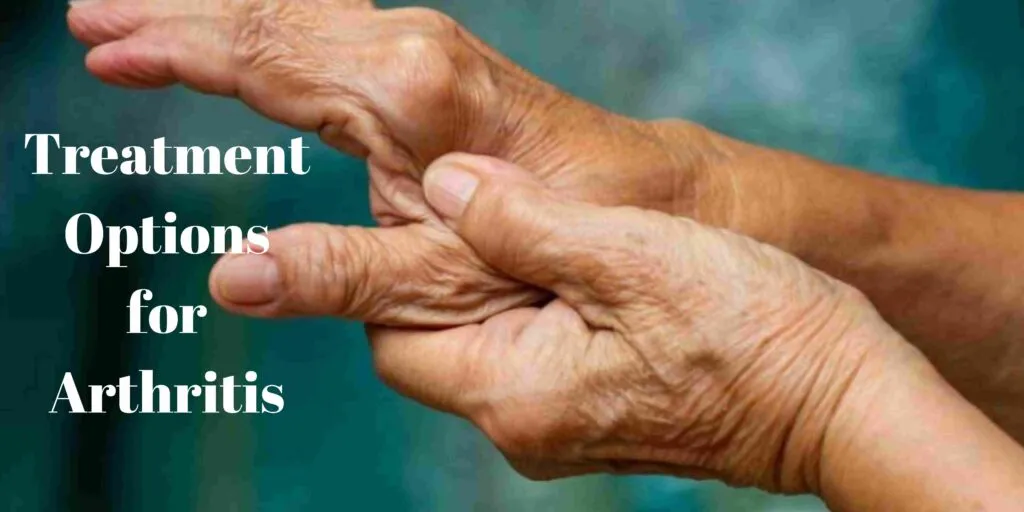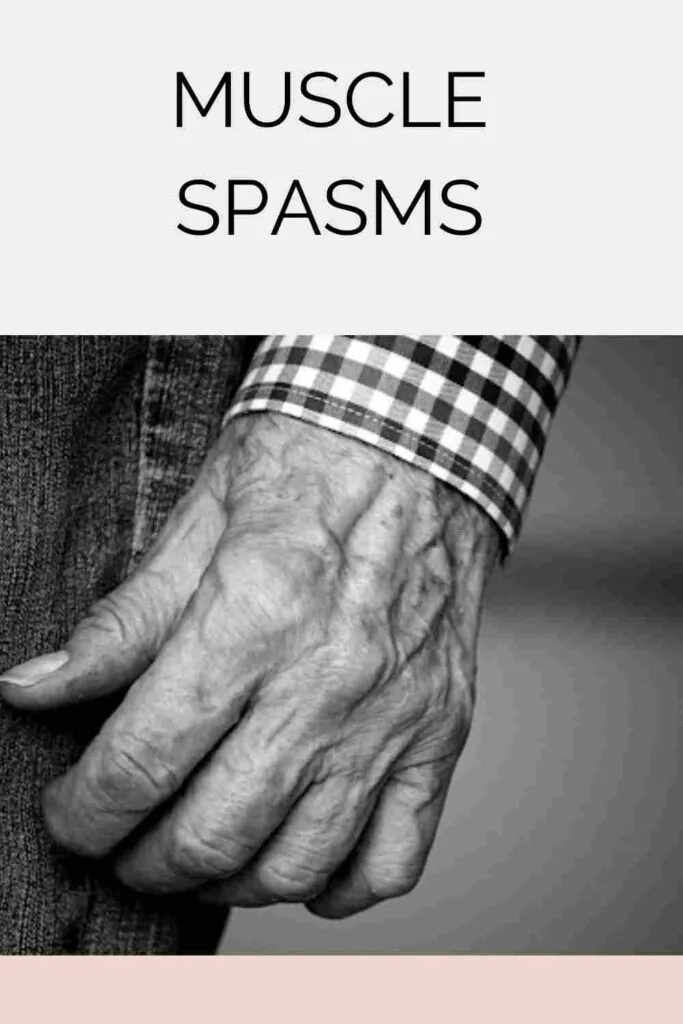Arthritis affects almost one in four adults in the U.S. or 58.5 million people. This inflammatory disease causes swelling, stiffness and pain in the joints which generally worsen over time. The two main types of arthritis are osteoarthritis and rheumatoid arthritis.
Osteoarthritis causes the cartilage between the joints to break down. Without this protective cushion, the bones can rub together resulting in friction which can cause pain, inflammation and limited mobility. Rheumatoid arthritis is an autoimmune disease where the body mistakenly attacks healthy tissue which lines the joints causing painful swelling and stiffness.
In this article, we will look at various treatment options to alleviate the symptoms associated with arthritis.
Hot and Cold Therapy
Hot and cold treatments can be used on arthritic joints to alleviate pain and inflammation.
Heat treatments such as warm baths or showers in the morning can reduce stiffness in the joints while an electric blanket can ease symptoms overnight. Capsaicin is an active component of chili peppers and is an ingredient in many over-the-counter creams and ointments. Its thermogenic properties can also help to soothe inflammation and joint pain.
By stimulating blood circulation and relaxing tension in the muscles, heat therapy can help to lubricate the joints, thereby improving range of motion, as well as easing muscle spasms.
Cold treatments such as a cool water bath, vapocoolant spray, ice pack or bag of frozen peas can be placed onto painful, swollen or inflamed joints to offer relief. As cold temperatures constrict blood vessels they can help to reduce swelling and numb pain.
Surgery
When all other treatment options fail to relieve symptoms, joint replacement surgery may be worth considering. The most common types of joint surgery for arthritic pain include arthroplasty, arthrodesis, osteotomy, synovectomy and total joint replacement (TJR). All of these procedures can help to relieve chronic pain and TJR can also restore movement in the joints enabling people to enjoy activities they previously did. Surgery can also improve the appearance of deformities in the joints which can cause toes and fingers to become crooked.
If you have been affected by the recent Exactech Knee recall of knee and ankle polyethylene inserts, consider seeking legal advice.
Supplements
Joint pain from arthritis can also be eased through the use of natural remedies and herbal treatments. Consider some of the following:
- Turmeric
The main ingredient of this yellow spice is curcumin which is known for its anti-inflammatory and antioxidant properties. Research has found that it aids in managing arthritic pain and inflammation. This spice can be added to your dishes, taken in tea or in capsule form.
- Boswellia
Also known as Indian frankincense, this resin extract from the gum of Boswellia trees has been found to have anti-inflammatory properties which may help ease the pain, stiffness and motion associated with arthritis. Boswellia can be applied topically as a cream or taken in tablet form.
- Devil’s Claw
Native to South Africa, Harpagophytum procumbens, or Devil’s claw is used to treat inflammatory conditions such as arthritis. Studies have shown it to be effective for osteoarthritis patients with a reduction in pain and improvement in physical functioning after taking it for eight to 12 weeks. Devil’s claw can be taken in tablet or powder form.
With greater insight into your options, you can now decide which form of treatment is best for you.


